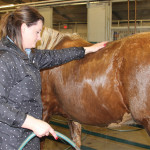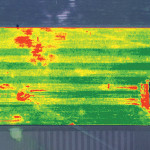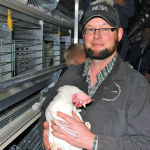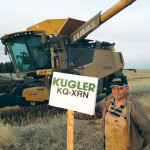
Fuel your tank — one way or another
Will medical marijuana be enough to ease Lee Hart's modern day stress

AI study produced higher beef profits
Bringing an AI technician onto the farm may make more economic sense than buying more bulls

Fine-tuning replacement heifer savings
Heifer calves still need to grow but perhaps not as much as earlier thought

Protected fall N improves efficiency
Nitrogen stabilizer products have a good fit where farm labour and time are limited

Facts about bees, birds are next
Something is afoot in the bee community, but is agriculture really to blame?

PHOTOS: Lots of bull, but people too at Calgary Bull Sale

CTF delivers improved crop emergence
Consistently higher yields are yet to come, but CTF improves overall efficiency

Digital pictures: They’re worth a thousand steps
Ground truthing is important, but aerial imagery can tell stories you can’t see with the eye

Let’s open the barn doors
Hart Attacks: Positive changes are coming in the livestock production world

Big fertility package produced a big canola yield
Liquid fertilizer blends seemed to make a difference for this Saskatchewan farmer


